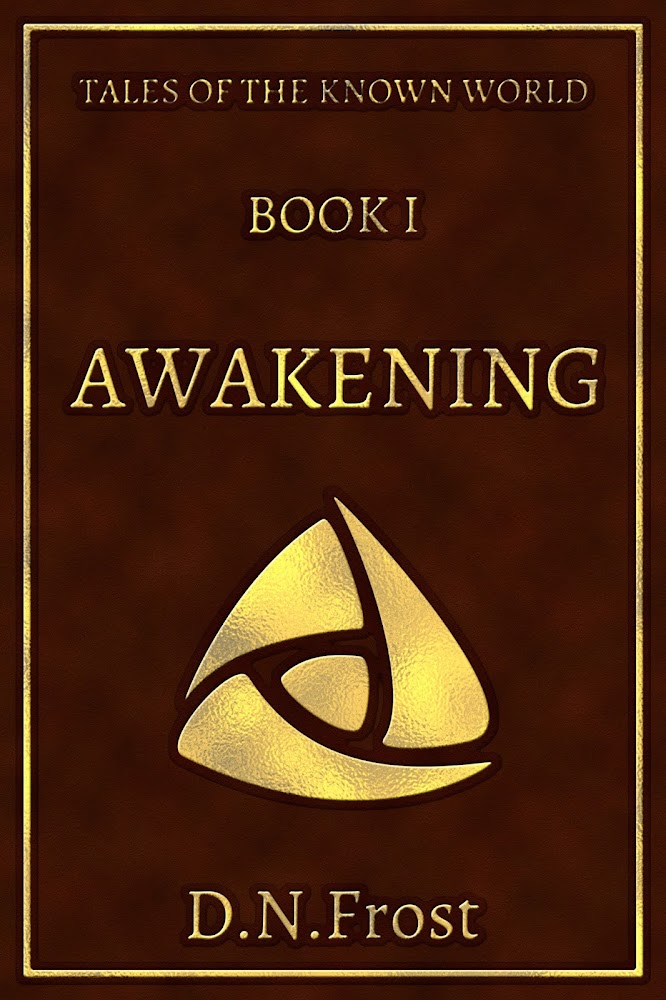This post is part of a series to augment the Guest Resources available for free download.
This and other guest-inspired content is gathered in my Guest Directory for you to explore.
Find my personal inspirations in the Spark Directory.
One of the most cohesive, customer-oriented brands I've encountered is that of Tara Swiger, a self-described "pink-haired author, maker and Starship Captain." Though she began entrepreneurship selling hand-dyed yarn, her small business experience led her to teach marketing insights adapted for the creative community.
Now, owners of handmade businesses across the globe find direction and camaraderie through her online courses, books, and in-person classes. Unabashedly herself, Tara Swiger built her niche as a genuine, compassionate guide into the intricacies of a profitable craft business. By pinpointing the common traits of creative personalities, Tara provides courses that meet the specific needs of her clientele.
The mainstay of her teaching underscores how pervasively emotions impact creative output. While the typical business mindset "powers through," Tara's methodology encourages her clients to integrate emotional feedback into their goals and business operations.
To further serve the needs of her clients, Tara runs an online community of entrepreneurs called The Starship Adventure, and dubs each member the "captain" of a unique enterprise. This playful Star Trek metaphor seats each of her clients at the helm, empowering them to exchange ideas and define goals unclouded by disparate business advice.
As a self-published author, I've found solace and reprieve in Tara's community and ideas of emotional relevance. I discovered her as I was working to publish my Tales of the Known World saga, and her singular approach to business was a voice of inner stability amidst an unfeeling tide of marketing schemes hungry for the bottom line.
That's it for this post! Check out the latest guest-inspired content for more.
Download the Guest Resources here, or start your adventure below.
This and other guest-inspired content is gathered in my Guest Directory for you to explore.
Find my personal inspirations in the Spark Directory.
One of the most cohesive, customer-oriented brands I've encountered is that of Tara Swiger, a self-described "pink-haired author, maker and Starship Captain." Though she began entrepreneurship selling hand-dyed yarn, her small business experience led her to teach marketing insights adapted for the creative community.
Now, owners of handmade businesses across the globe find direction and camaraderie through her online courses, books, and in-person classes. Unabashedly herself, Tara Swiger built her niche as a genuine, compassionate guide into the intricacies of a profitable craft business. By pinpointing the common traits of creative personalities, Tara provides courses that meet the specific needs of her clientele.
Check out these Guest Resources for more inspirational content!
The mainstay of her teaching underscores how pervasively emotions impact creative output. While the typical business mindset "powers through," Tara's methodology encourages her clients to integrate emotional feedback into their goals and business operations.
To further serve the needs of her clients, Tara runs an online community of entrepreneurs called The Starship Adventure, and dubs each member the "captain" of a unique enterprise. This playful Star Trek metaphor seats each of her clients at the helm, empowering them to exchange ideas and define goals unclouded by disparate business advice.
As a self-published author, I've found solace and reprieve in Tara's community and ideas of emotional relevance. I discovered her as I was working to publish my Tales of the Known World saga, and her singular approach to business was a voice of inner stability amidst an unfeeling tide of marketing schemes hungry for the bottom line.
You can connect with Tara
at TaraSwiger.com here.
at TaraSwiger.com here.
And be sure to subscribe to Tara's awesome newsletter, if you haven't already!
That's it for this post! Check out the latest guest-inspired content for more.
Download the Guest Resources here, or start your adventure below.
Liked this? Share, please!
























